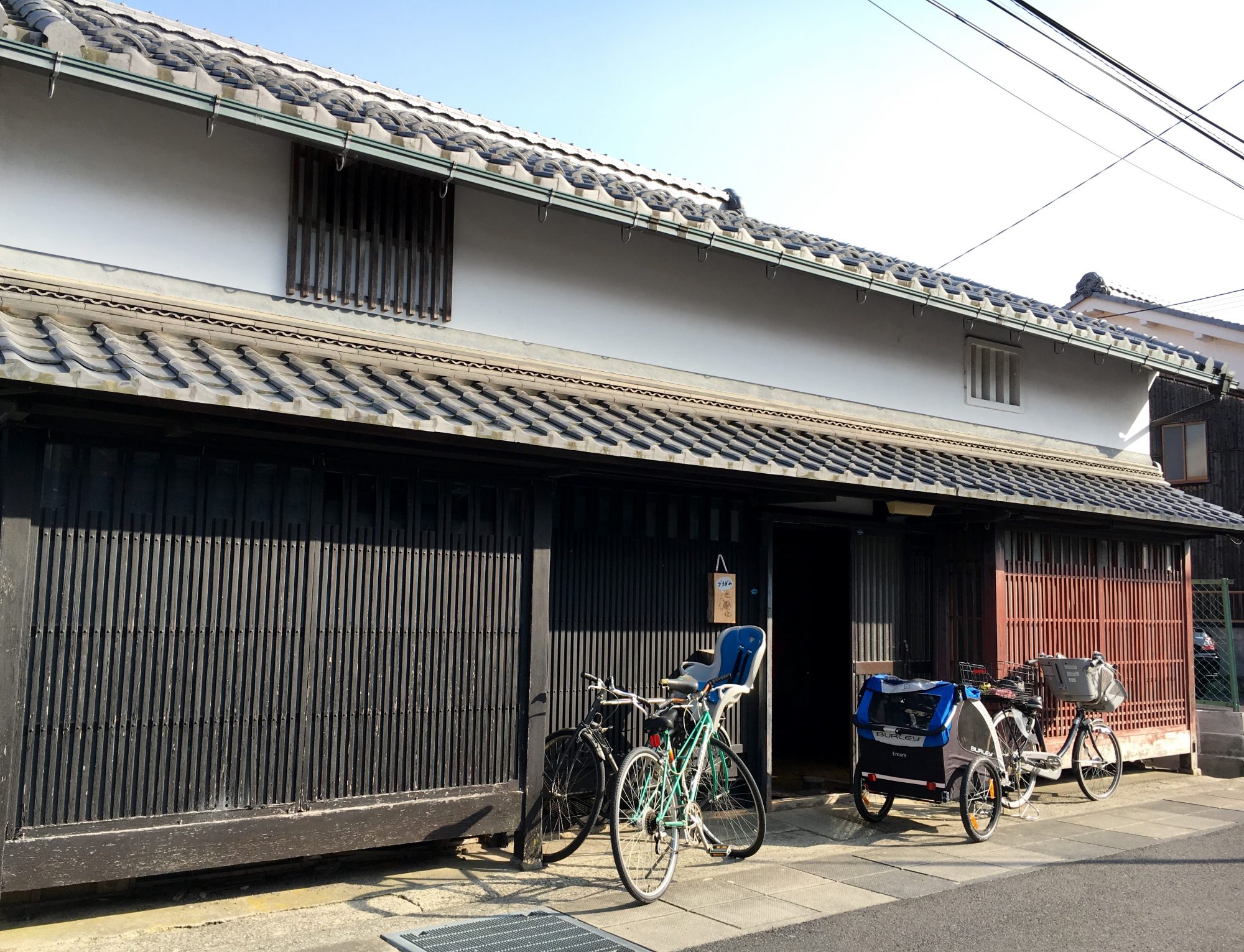When I think of an artist, I imagine someone who as a child was natural either with hands or spent lots of time around creative people. Quite a cliche I know… How did Gardiner get into art? What role does Japan play in her creative expression? Over the next few interviews I will delve into the history and making of the artist Gardiner a little deeper.
Sumie: Were you always interested in art growing up?
Gardiner: I didn’t study art at all in high school although I always liked art. Many American schools usually only allow for limited “electives” and back then, I opted for performing arts.
I think that because my father is a visual artist I might have had ambivalent feelings about pursuing my own interests in that field. Perhaps it took time to step out from under that shadow.
I was pretty rudderless all through my adolescence. For reasons that I won’t go into here, I was utterly unable to focus on academics in high school and over the course of a few years I went from being an excellent student to barely passing. When I was 17, I dropped out of high school and went to work in a flower shop. By the time I was in my mid 30’s I had lived in a number of different countries and cities by trying my hand at a lot of different trades and service-industry jobs, occasionally dabbling in community college classes in various arts, and always finding my way into communities of artists, filmmakers, theater people and other “creatives” but never calling myself an artist.
Sumie: Any specific moment or artist that made you decide to pursue art more seriously?
Gardiner: In 2002 I was living in Austin, TX. I was working as a maid in a hotel, taking some general education classes at Austin Community College, riding motorcycles for fun, and not doing much else. One day I took a trip to Houston with a friend who is a painter. We went to the art galleries there and happened upon the Cy Twombly Museum. At that time, my knowledge of art history was fairly superficial; I did not know who Cy Twombly was and had never appreciated abstract expressionism in an authentic way. The Cy Twombly Museum in Houston is small and designed by Renzo Piano specifically for Cy Twombly’s work. I did not know that at the time. The Classical forms of the building and the Classical texts that inspired the painter create a call and response in form and color. I did not know that at the time either. What I could tell, just by walking into the place is that the building and the paintings together generate an atmosphere that vibrates with light and feels as though it breathes on its own. It’s impossible to describe but it’s a perfect marriage of art and space.
In that museum, Twombly’s monumental painting, Say Goodbye Catullus, to the Shores of Asia Minor had an immediate overwhelming visceral effect on me: like seeing the ocean for the first time. In that moment it became instantly and irrevocably clear that I would make a life in art. The next day I called The School of The Art Institute of Chicago; it was the only art school with which I had any familiarity. I asked them to send me an application and in the mean time, I signed up for a full load of art classes at Austin Community College in order to create a portfolio. With the help of my teachers there, I set about building my application to SAIC and thanks to their support and guidance, I was accepted. I moved to Chicago and began studying at SAIC in 2004. It was there that I learned not only about art, but to think of myself as an artist and to accept ownership and responsibility for that identity.

The painting by Cy Twombly that changed Gardiner’s life
“Martha Claire and Cy Twombly” by als pictures licensed under CC BY-NC-ND 2.0

